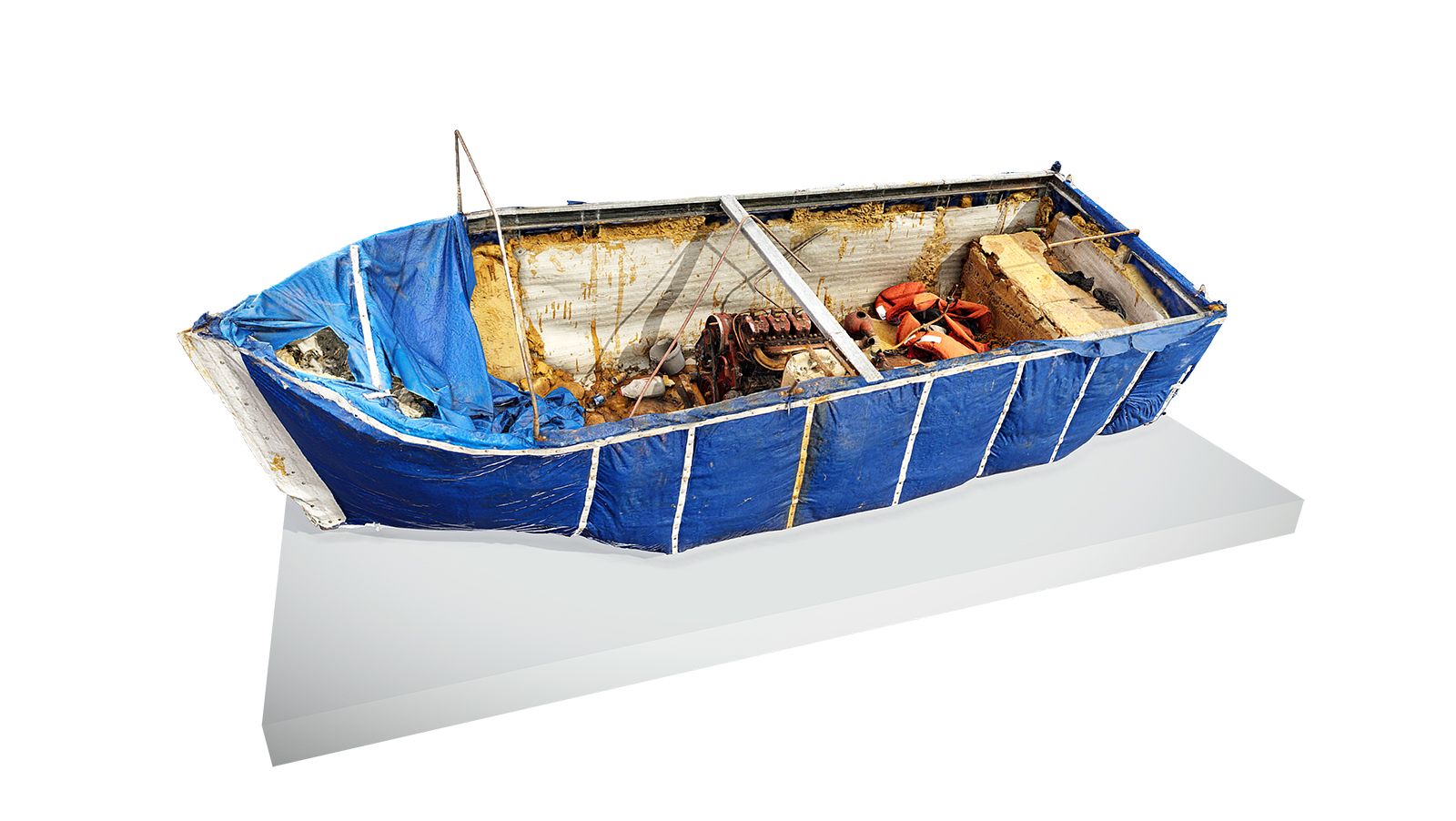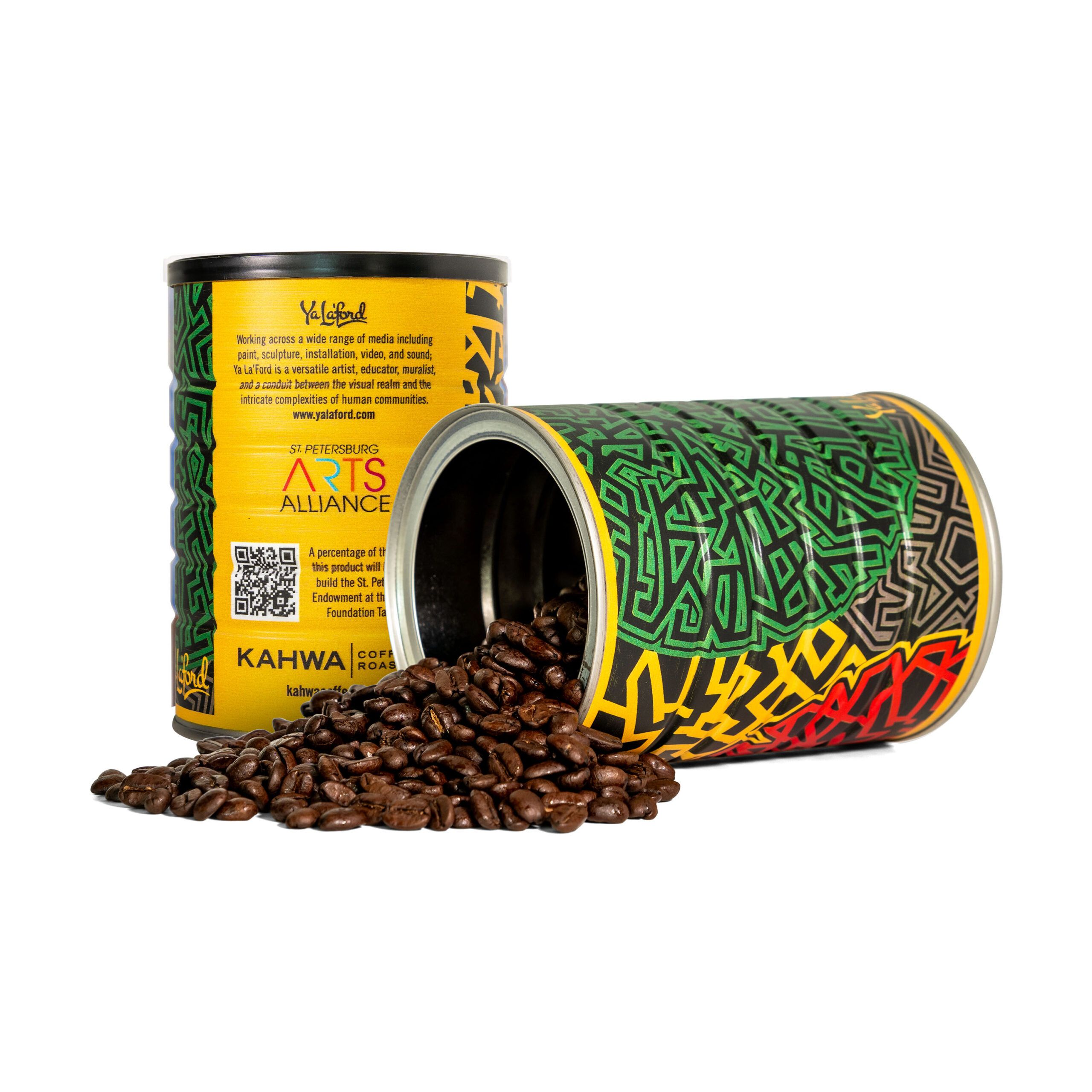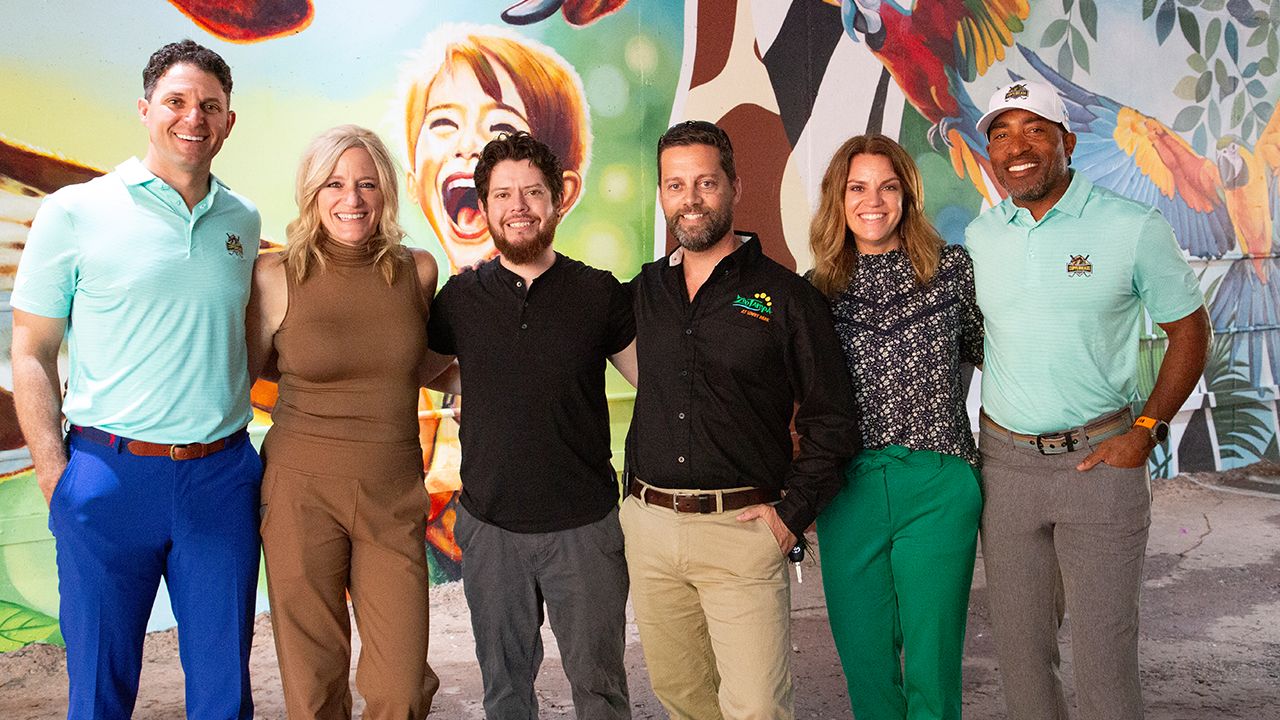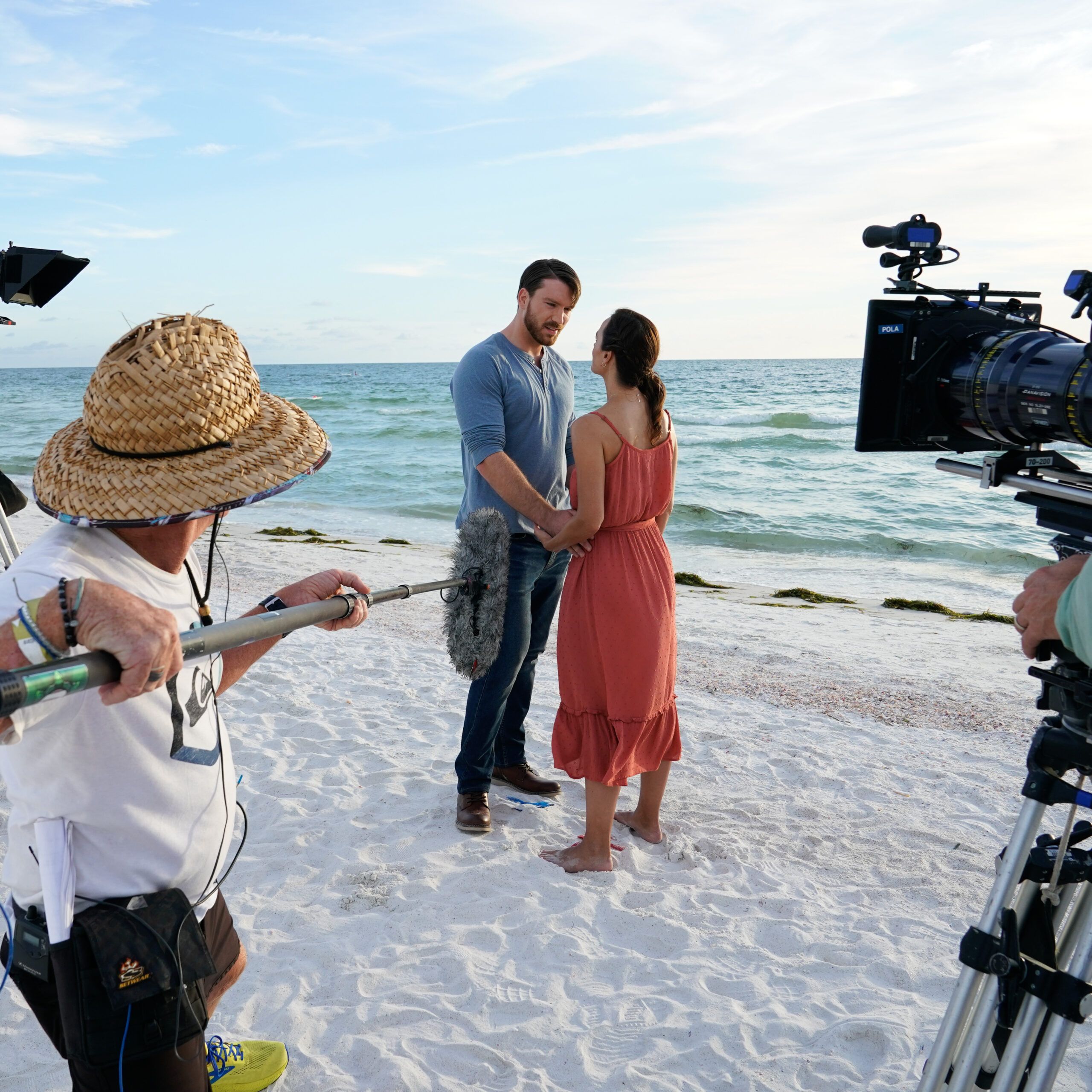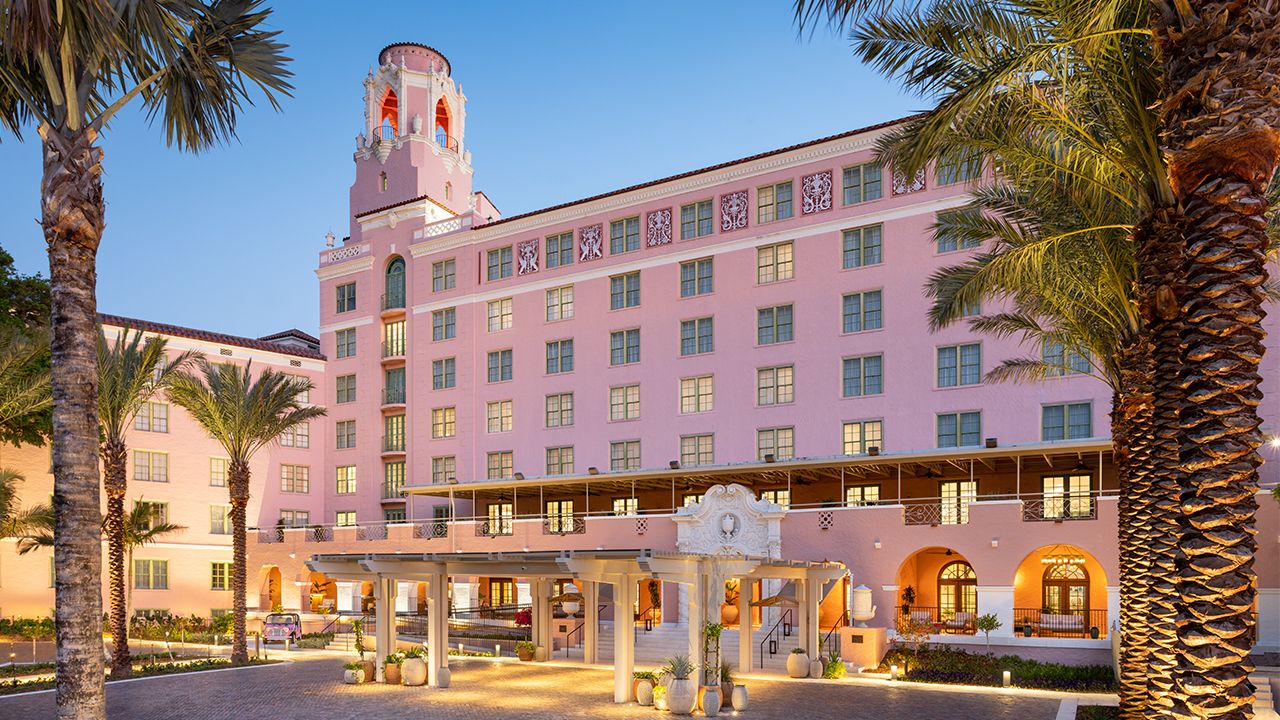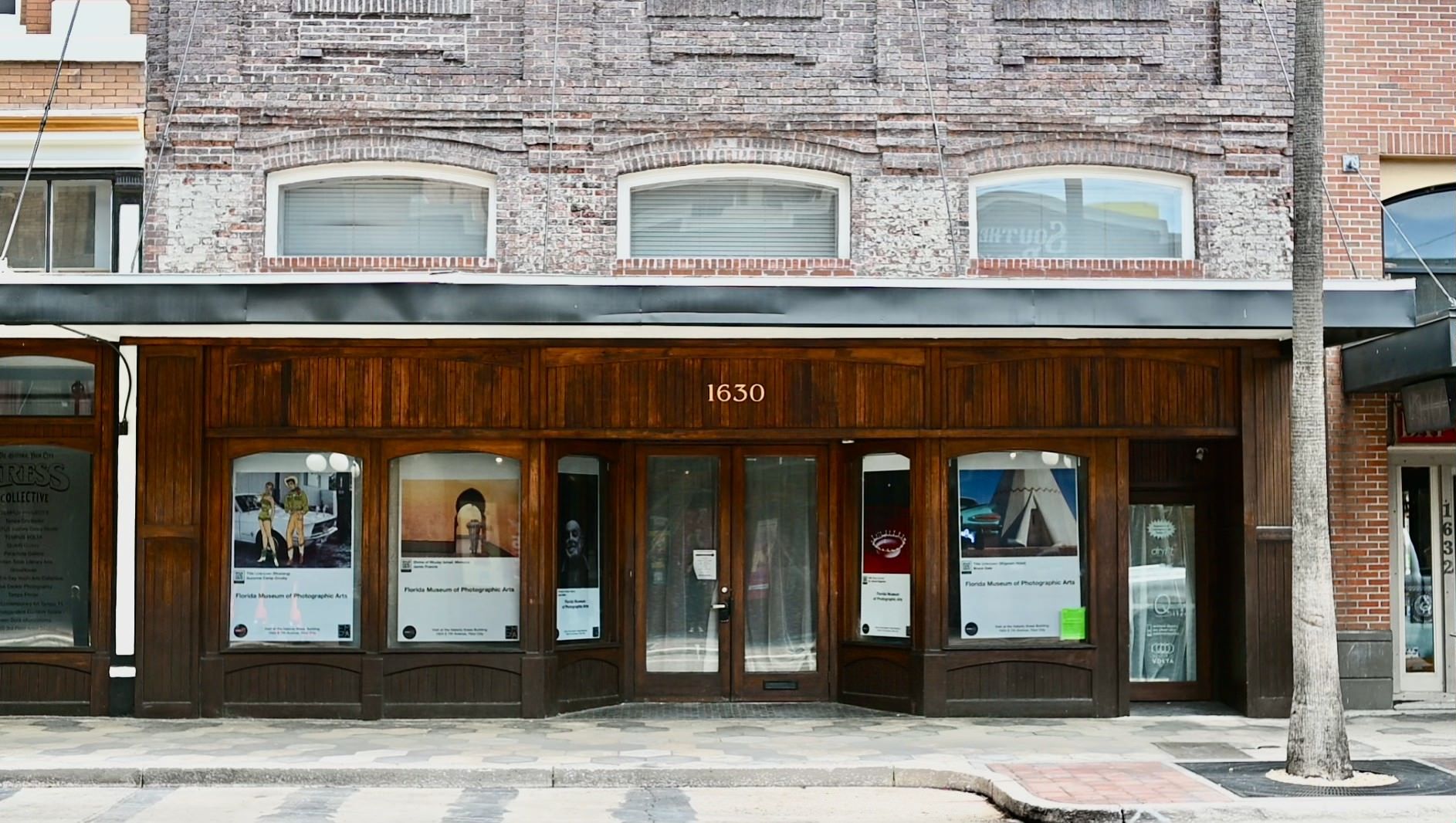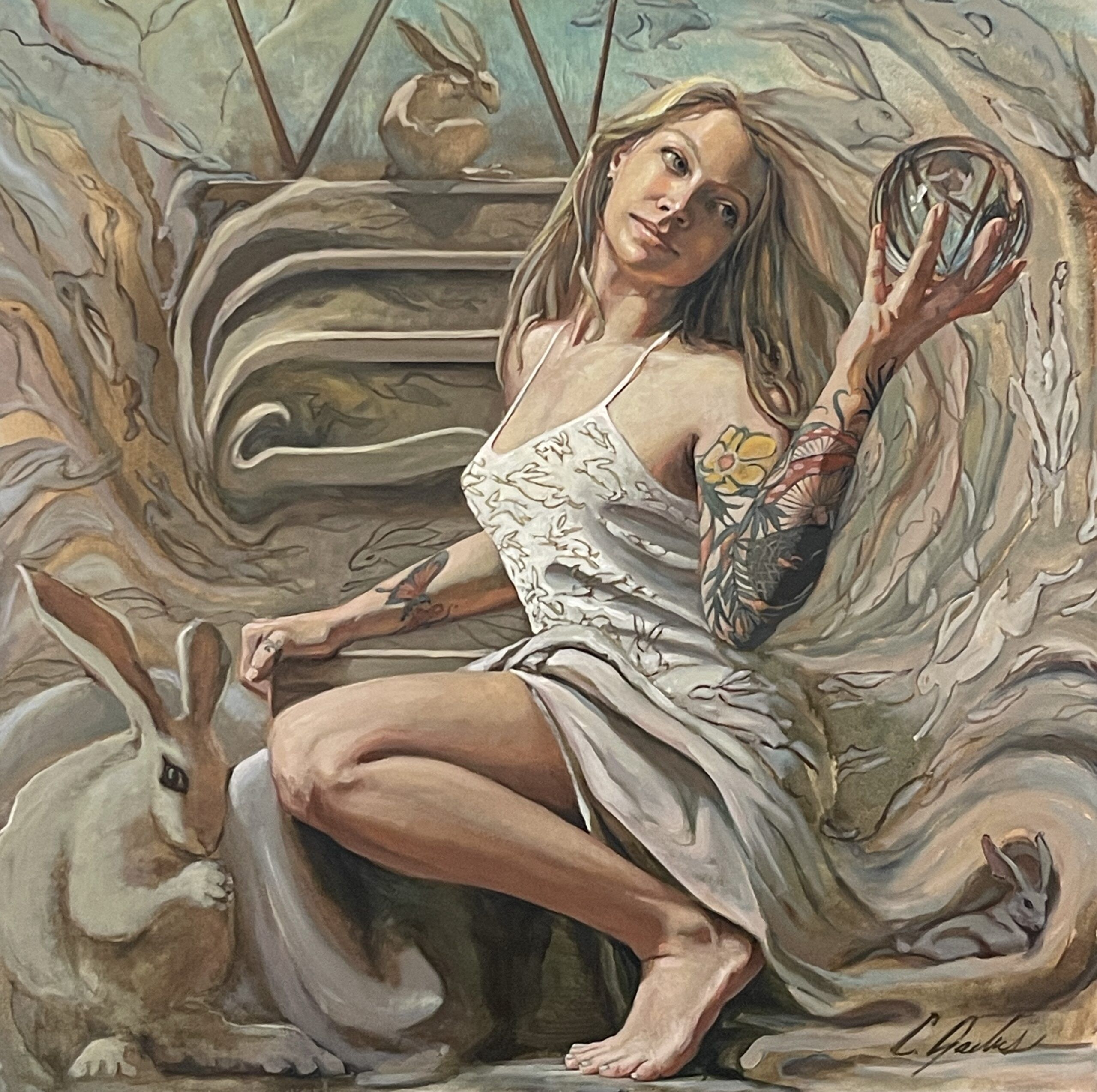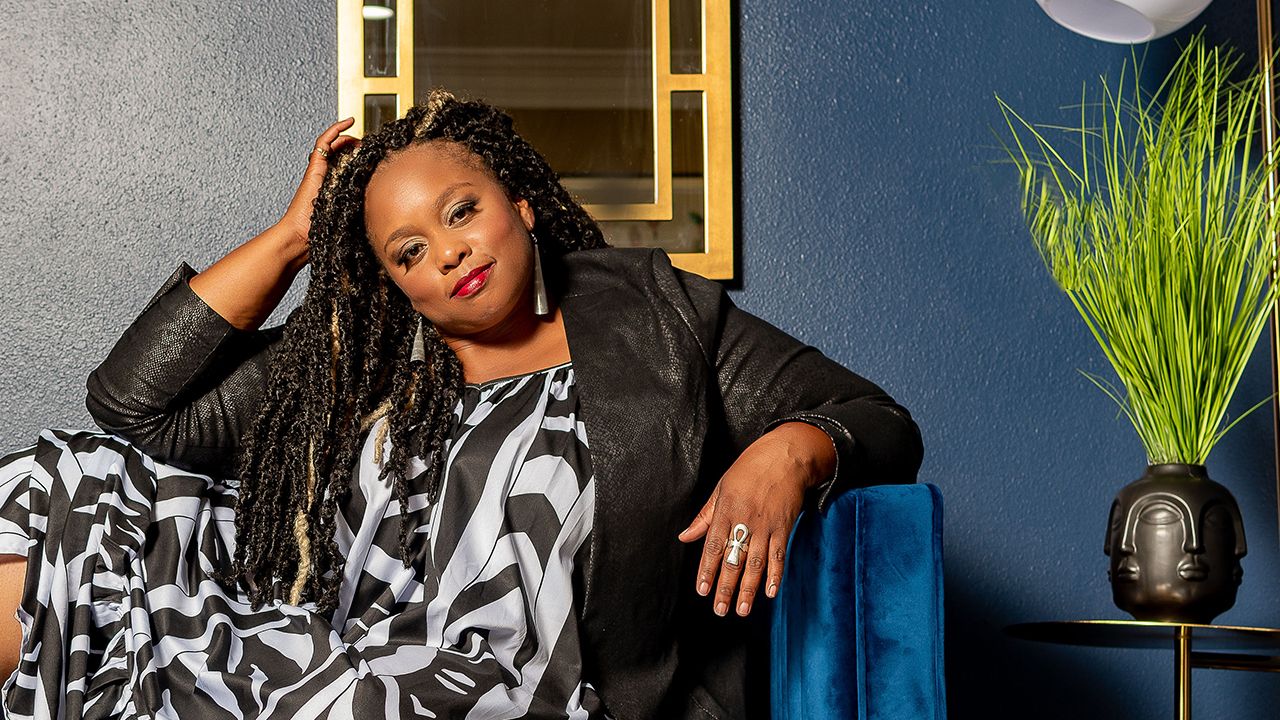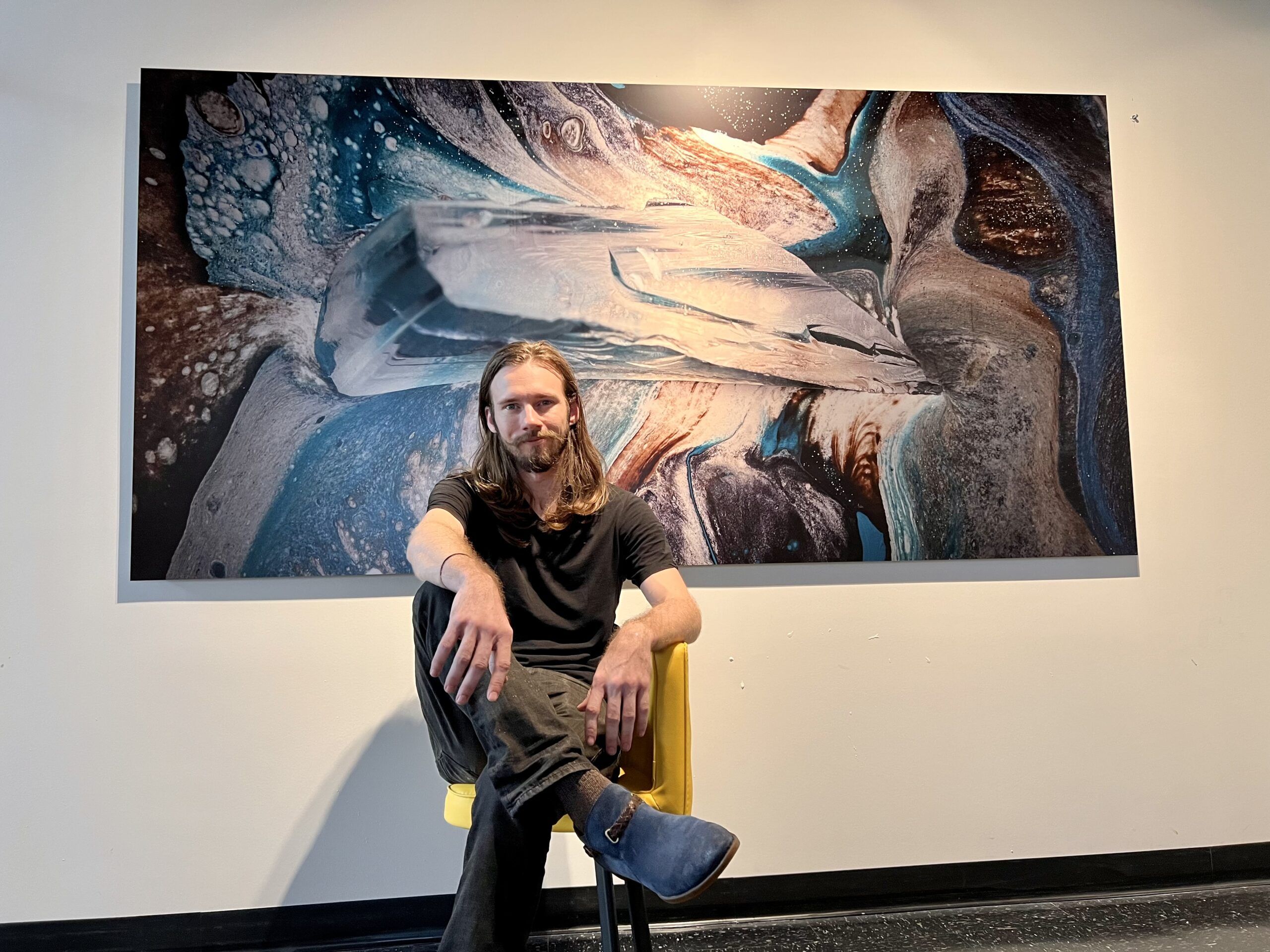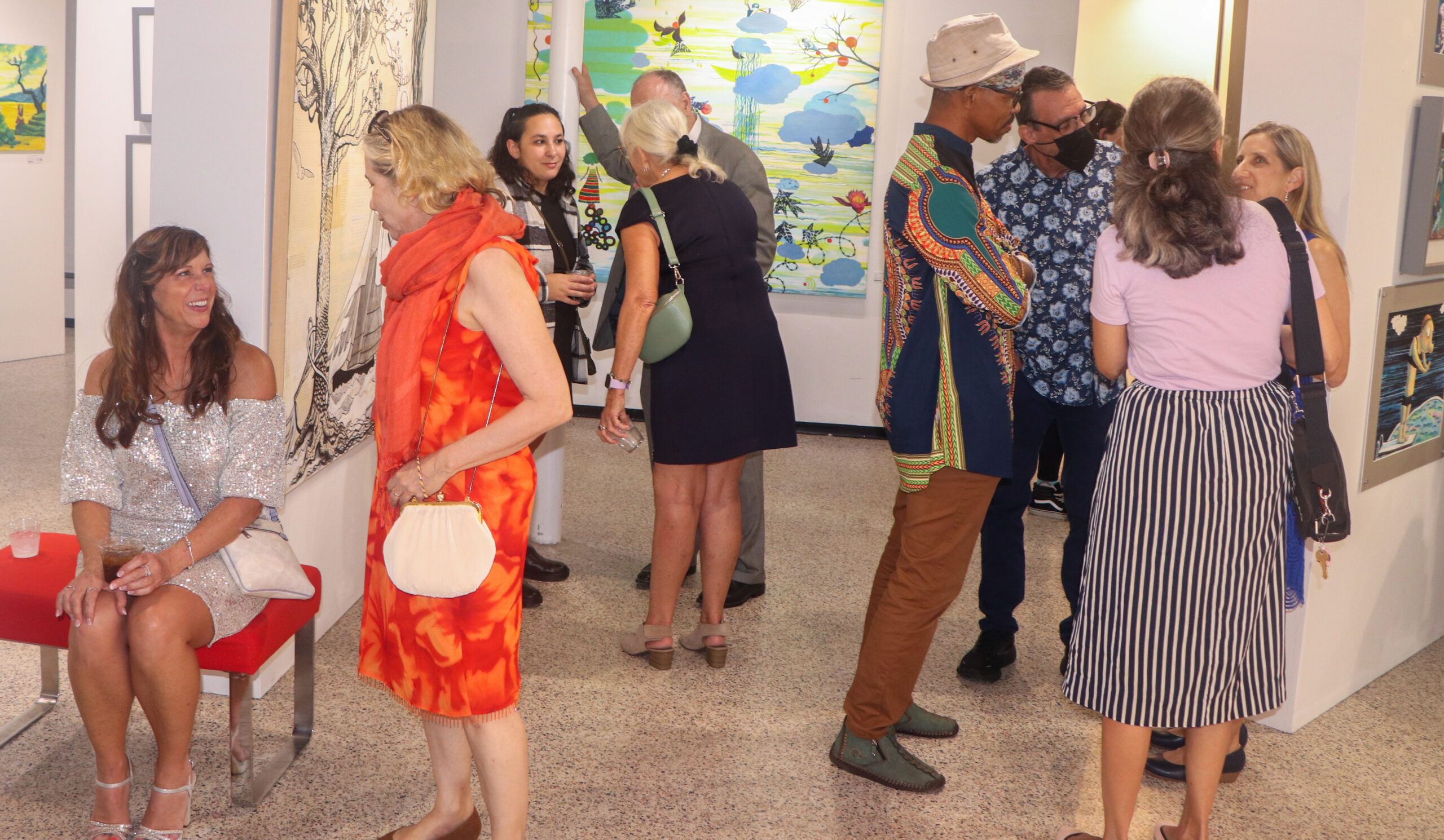Brad Massey, curator of public history at the Tampa History Center, knows that it’s the objects that tell a story. The Center’s current exhibition, “Cuban Pathways,” showcases more than 130 different objects to reconstruct the diverse, vibrant stories of the many peoples who traveled the pathways between Cuba and Florida, spanning more than 500 years of history.
And it’s a wide array of objects, large and small: a map from 1603 revealing the many mountainous regions of Cuba; a “chug,” or patchwork boat used for dangerous refugee crossings, named for the distinctive “chug-chug” sound of their diesel engines, still in active use today; a handkerchief, detailed not with embroidery but with military instructions and tactical strategies given to Spanish soldiers during the fight for Cuban independence; rumba dolls, colorful souvenirs to commemorate the popular rumba dance alongside the other, more forbidden pleasures that attracted a flood of American tourists during Prohibition to Cuba’s lush shores.
The objects allow us to visualize the diverse peoples that gave these objects value, Massey says.
“Cuba was the Caribbean hub of the modern Atlantic World,” says Massey. “And so for us, we started off by looking at the broader picture and asking, who are the people that define the modern Cuban experience?”
Massey and his team decided to add a personal perspective to each of the three main pathways they identified from Spain, Africa and China. Within the exhibition’s many objects you’ll learn the story of Rogelio Azorin, who arrived from Spain to Cuba before coming to make a home in Plant City; Paulina Pedroso, a free Afro-Cuban who settled with her husband in Ybor City to become one of the most prominent women in Cuba’s fight for independence; Francisco Changsut, who emigrated from Canton, China, to Cuba at the turn of the century, creating a successful agricultural business before escaping the revolution in the 1960s and eventually finding his way to Florida.
The exhibition uses the stories of these three individuals as a microcosm for the movements between Cuba and Florida, but there are hundreds of stories within the displayed objects, stories just waiting to be discovered.
You’ll find the last two coins from the pockets of Raphael Ybor as he fled the country with the clothes on his back. There are also authentic tax documents revealing the financial devastation of property owners forced to sign away their land to the government.
Cuba’s evolution as a country is therefore also on display, as the exhibit includes coins minted from the gold that first attracted Spain to the island, starting its colonization period. From those first coins, viewers move to the tools used for cattle ranching or from the sugar plantations or to a war bond purchased for $2 in Ybor City to support Cuba’s fight for independence from Spain.
Objects on display in the exhibit not only span history but also try to convey the entire length of the island, moving outside of Havana to reveal the mountainous countryside, or inlet regions, where smuggling and treasure are also a fascinating part of Cuba’s past.
And as Massey admits, the exhibition is just scratching the surface.
“What you see on display here is only about 10% of our collection because one of our most important roles is to be conservators of the Bay area’s history. So even if an item never sees the light of day, it is the preservation of the objects and the perseverance of material culture that is just as important as putting things on display,” he says.
For “Cuban Pathways,” Massey and his team meticulously searched through the Tampa History Center’s wealth of objects—more than 80,000—but they also teamed up with partner institutions including the National Park Service, the Mel Fisher Museum in Key West, the Museum of Florida History in Tallahassee and the Delta Museum in Atlanta. Massey admits to some creative methods of finding objects as well; for the chug, he followed the Twitter account of a Florida border control agent to get a heads-up on incoming refugees. He had researched the disposal procedure for the boats and convinced someone in charge to donate one to the Tampa History Center. The resulting display is a comprehensive, lively array of Cuban and Florida history, its beauty, its bloodshed, its hopes and its transgressions.
“Cuban Pathways,” which opened in February, will stay in Tampa for a year and then travel the southeastern United States. ♦
[image_slider_no_space on_click=”prettyphoto” height=”300″ images=”16589,16588,16587,16586,16585,16584″]



